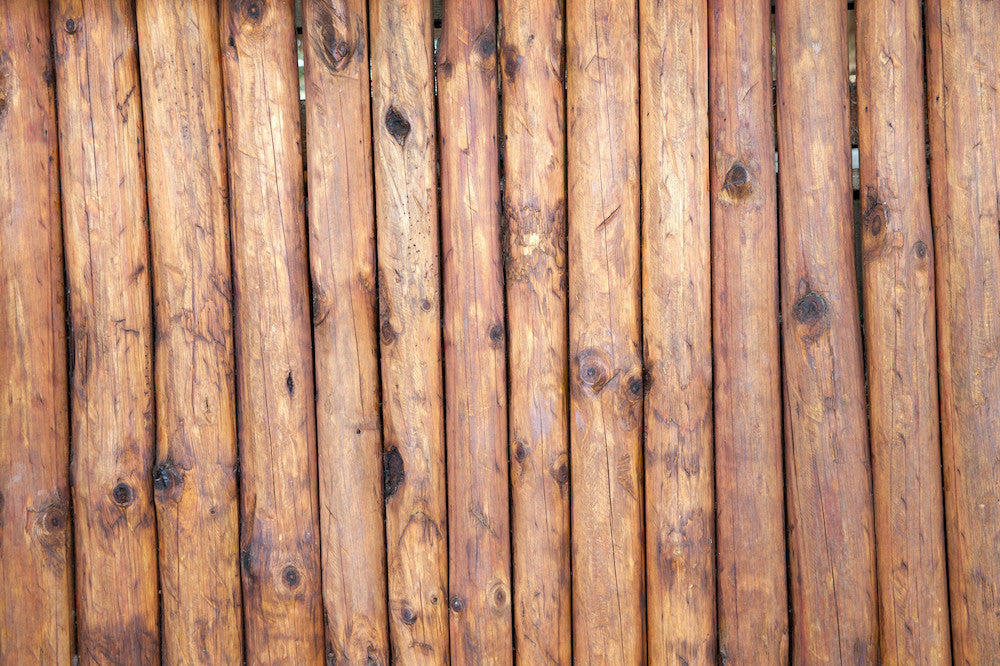How to Stain Your Log Home: 4 Easy Steps

Getting ready to stain your log home? It’s a big job, and it’s important to do it right to make sure your hard work lasts.
Here are four easy steps to stain your log home.
1. Choose Your Stain
First, you need to choose between an oil-based or a water-based stain for your logs.
We recommend a water-based stain for a few reasons:
Water-based stains are typically more durable
There is minimal odor with water-based stain
Clean-up is easy — all you need is soap and water
Oil-based stains tend to be easier to apply, but water-based stains have more benefits. Plus, oil-based stains tend to crack as your wood logs expand and contract with the seasons.
Shop water-based log home stains >
2. Prepare to Stain
To make the stain last longer and keep your home protected from the elements, there is some prep work to do before you begin staining.
It’s important to clean your logs before you stain to remove old stains and chemicals. You can clean your logs by corn blasting, sanding, power washing or using chemical strippers.
You should also apply fungicide and pesticide boosters, which prevent damage from mold, termites and other pests.
Read 7 simple ways to protect your log home from pests >
Allow your logs to dry completely before beginning the staining process.
3. Apply Your Stain in the Right Weather
Now, you need to check the weather. You can’t apply stain application in the rain or freezing weather.
You also need to give the stain time to dry. If rain or freezing temperatures are in the forecast, you’ll need to pick a different day to stain.
The ideal weather to apply log home stain is when temperatures are between 40 and 90 degrees Fahrenheit.
Pro tip: Working in the shade on the cooler walls will allow you to easily maintain a wet edge and minimize overlap marks and avoid blotchiness.
4. How to Apply: Staining Techniques
There are a few techniques you can use to stain your logs. You can either spray and back-brush, or use brush application alone.
Spraying and back-brushing
Spraying and back-brushing is the technique when you use an airless sprayer to apply the stain, and then you back-brush to make sure it’s evenly and thoroughly coated over the logs.
It’s important to invest in a high-quality brush for your stain, otherwise you may not achieve the best results for your stain job.
Brush application
Brush application is when the stain is applied using only a brush. This may take more time, but it’s easier to pay attention to detail when you’re brushing the stain onto the logs. You also won’t be coloring the chinking on chink-style log homes.
Regardless of the method you use, make sure the logs are saturated with as much stain as they’ll take, and brush or back-brush any runs and overlap marks.
Make sure your hard work is worth it with a high-quality, water-based log home stain >




